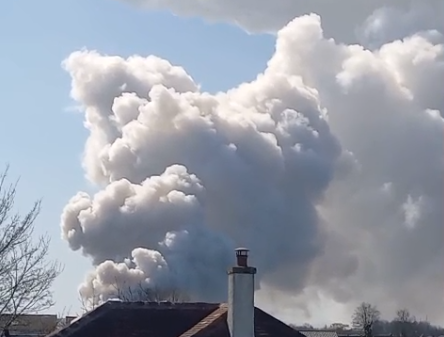The Portable Battery collection figures show that the UK is on track to meet the 35% collection target for 2014, collecting over 7,500 tonnes of waste batteries to date, over an expected obligation of around 11,800 tonnes.
Data published in June covering the first quarter of the year showed that the proportion of the target being met through the collection of nickel cadmium (Ni-Cd) and ‘other’ batteries had risen (see letsrecycle.com story), a trend that has carried through into quarter two, according to last week’s figures.
But, the trend is unlikely to quell concerns over the high proportion of lead acid batteries being used to meet the statutory EU targets, which makes up the vast majority of batteries collected for recycling. This is despite lead acid batteries only being a relatively small proportion of the new batteries placed onto the market.
The disparity in collection rates stems from differences in interpretation between battery recyclers and producers over which lead acid batteries are classified as being ‘portable’ or ‘industrial’ at the beginning and end of life. This has lead to a greater volume of lead acid batteries being collected for recycling than producers are obligated to finance.
[testimonial id = “4” align=”right”]
Decrease
The collection data for April to June 2014 shows that 2,789 tonnes of lead acid batteries were collected during the second quarter of the year, a decrease when compared to the 3,017 tonnes collected during the first quarter of the year. This is broadly similar to the volume of lead acid batteries collected during the first two quarters of 2013, but crucially collections of Ni-Cd and ‘other’ batteries have seen collection rates increase significantly on the levels recorded in 2013.
Commenting on the figures, Greg Clementson, commercial director at battery sorting firm G&P Batteries said that the numbers should still represent a concern for the sector.
He said: “Whilst the latest figures seem to demonstrate that the UK is set to meet the 2014 targets there is still an over reliance on the proportion of lead acid batteries being collected for recycling.
“The figures show that five times the number of lead acid batteries are being collected than are being placed on the market, which means that the UK is still heavily dependent on meeting its targets from batteries which already had a good track record in terms of recycling. This could lead to the possibility that the number of non lead acid batteries being recycled has actually fallen since the legislation was introduced, contrary to the objectives of the regulations.”
Waste Portable Batteries collected in 2014 Q1 & Q2
| Lead acid | Nickel cadmium | Other | Total | |
|---|---|---|---|---|
| Q1 2014 | 3,017 | 121.3 | 795.3 | 3933 |
| Q2 2014 | 2,789 | 46.6 | 804.4 | 3640 |
| Q1 & Q2 | 5806 | 167.9 | 1599 | 7572 |
*All figures in tonnes
Recyclers are currently waiting for the government to alter the definition of ‘portable’ waste batteries, in a move that would reduce the number of lead acid batteries that are obligated to be counted towards the recycling target.
Consultation
A consultation on changing the legislation was carried out last year, but scrapped after an error in the consultation documents was discovered. A fresh consultation on changing the definition is expected to take place in autumn 2014.
Colin Porter, compliance technical specialist at compliance scheme Budget Pack, welcomed the figures, noting that efforts to increase the proportion of Ni-Cd and other batteries collected are beginning to bear fruit.
Related Links
He said: “We are pleased to see that in Q2 the UK has collected over 24% towards the 35% target of estimated obligation for 2014. Clearly we should expect the obligation to increase as the year continues so it will be interesting to see how the figures progress.
“We notice that the reduction in percentage of lead acid batteries recycled compared to the total recycled matches Budget Pack’s efforts in developing our collection networks to ensure the amount of portable batteries recycled continues to increase in line with the targets set.”









Subscribe for free